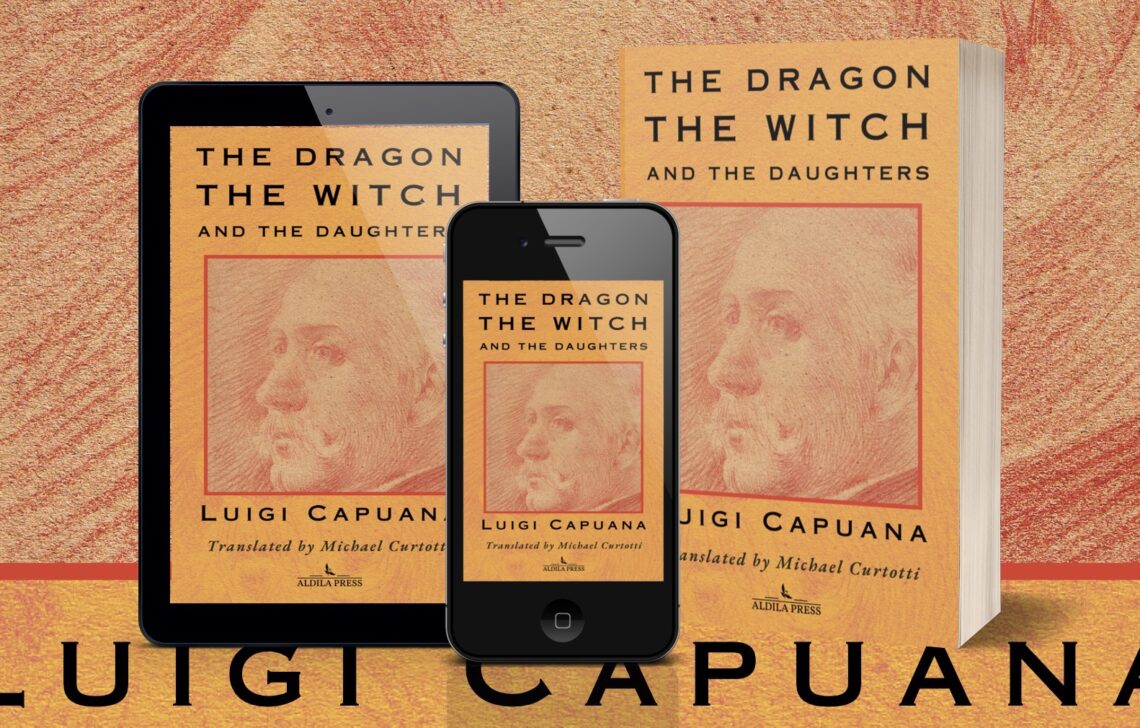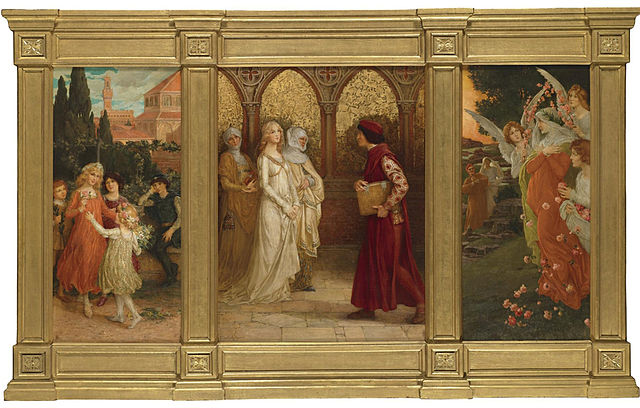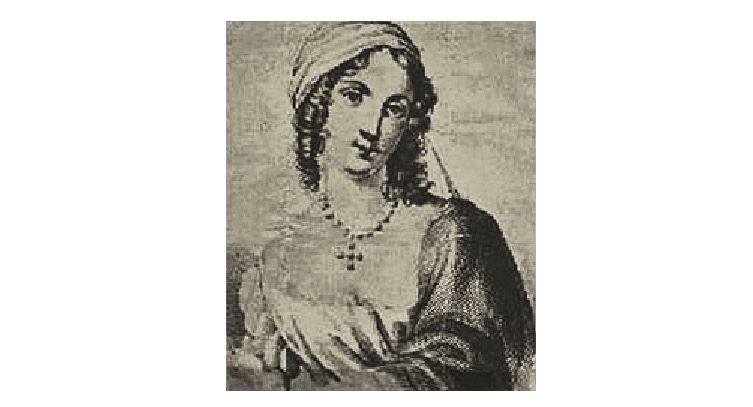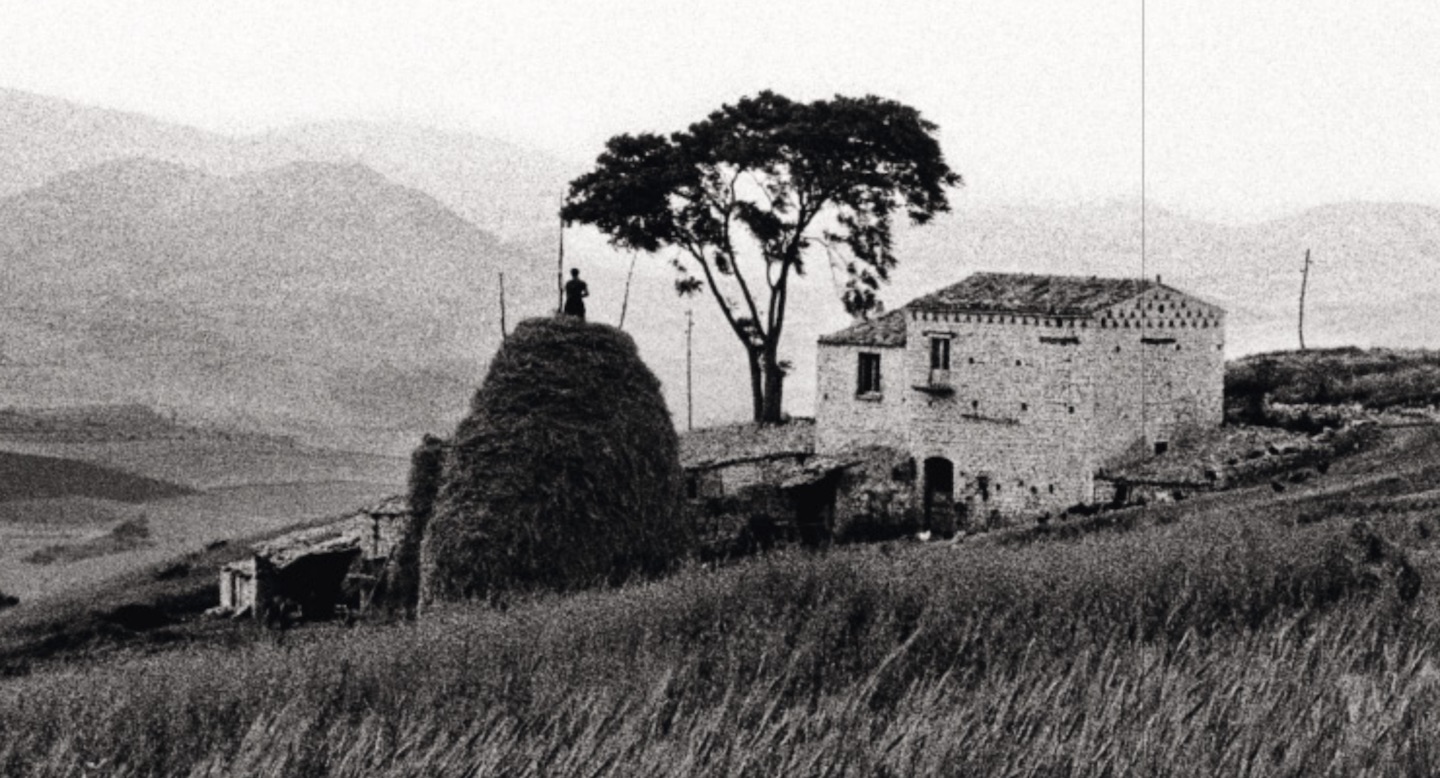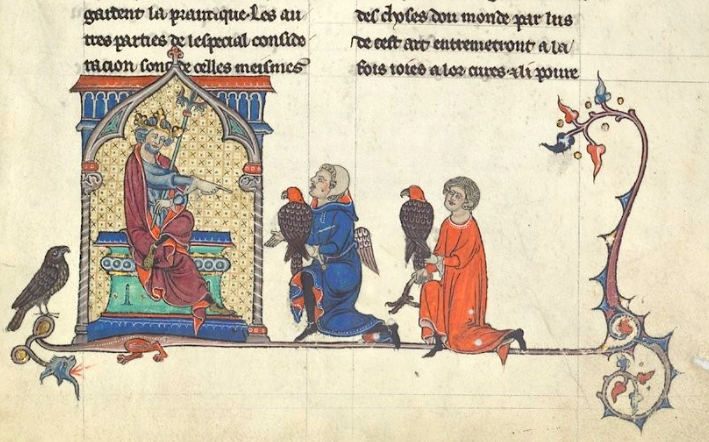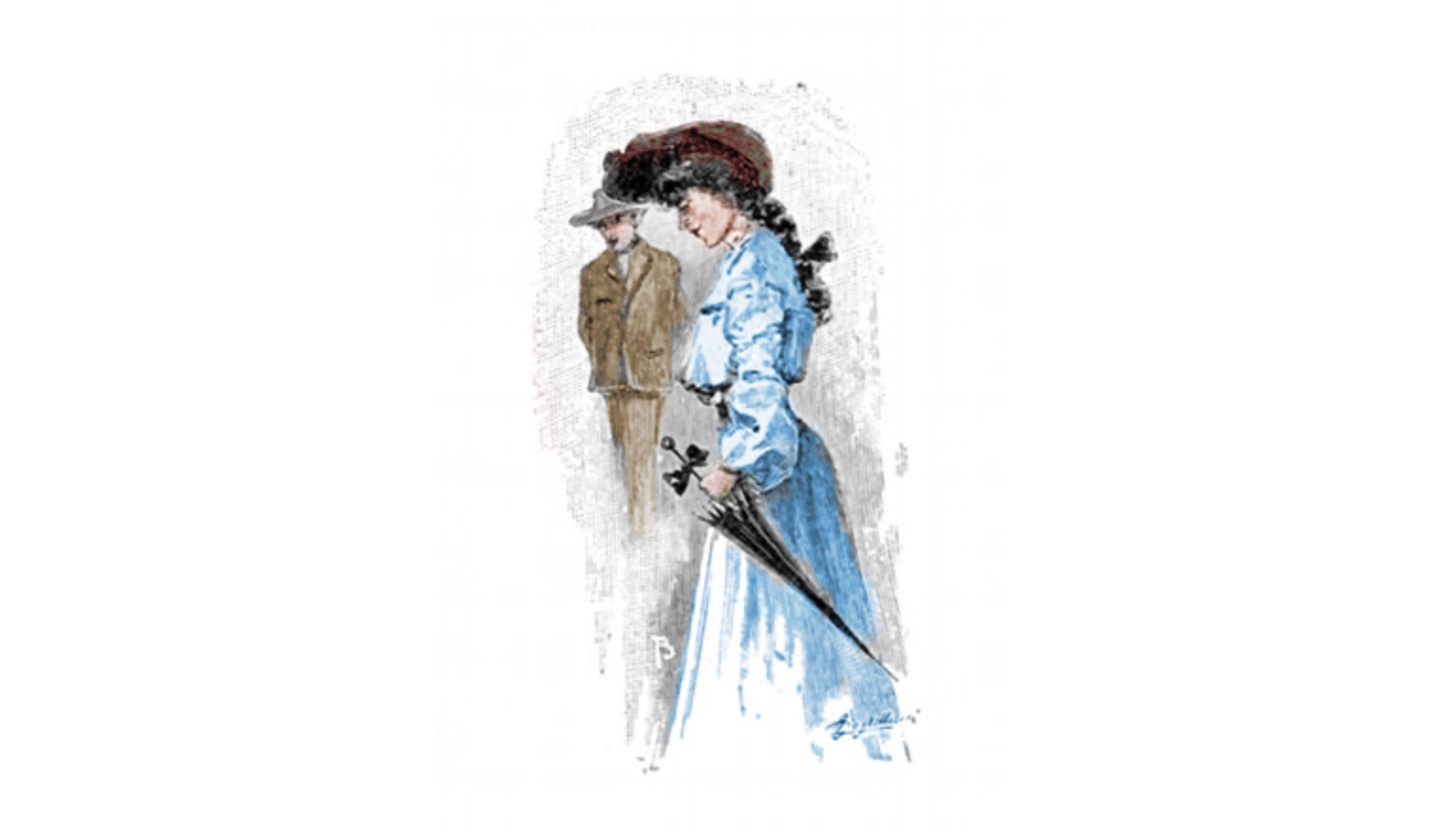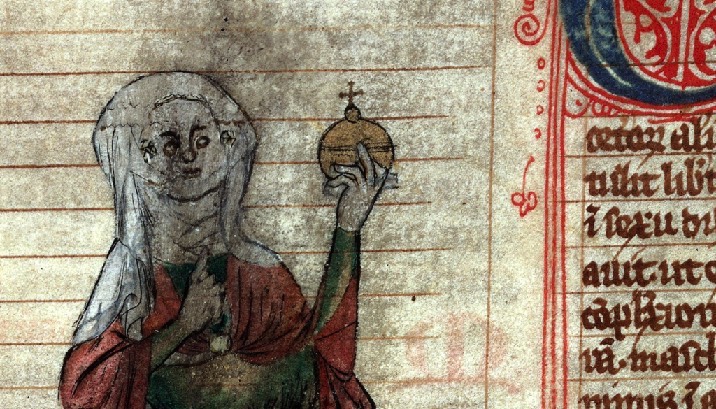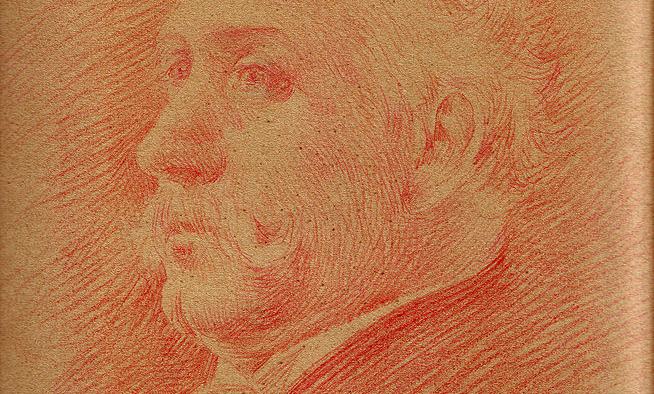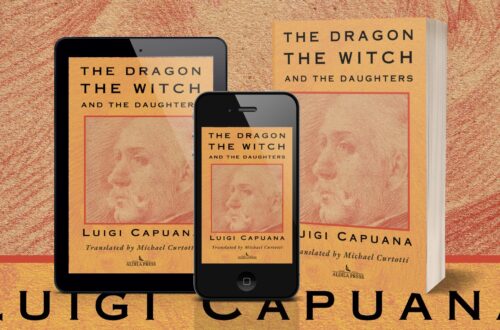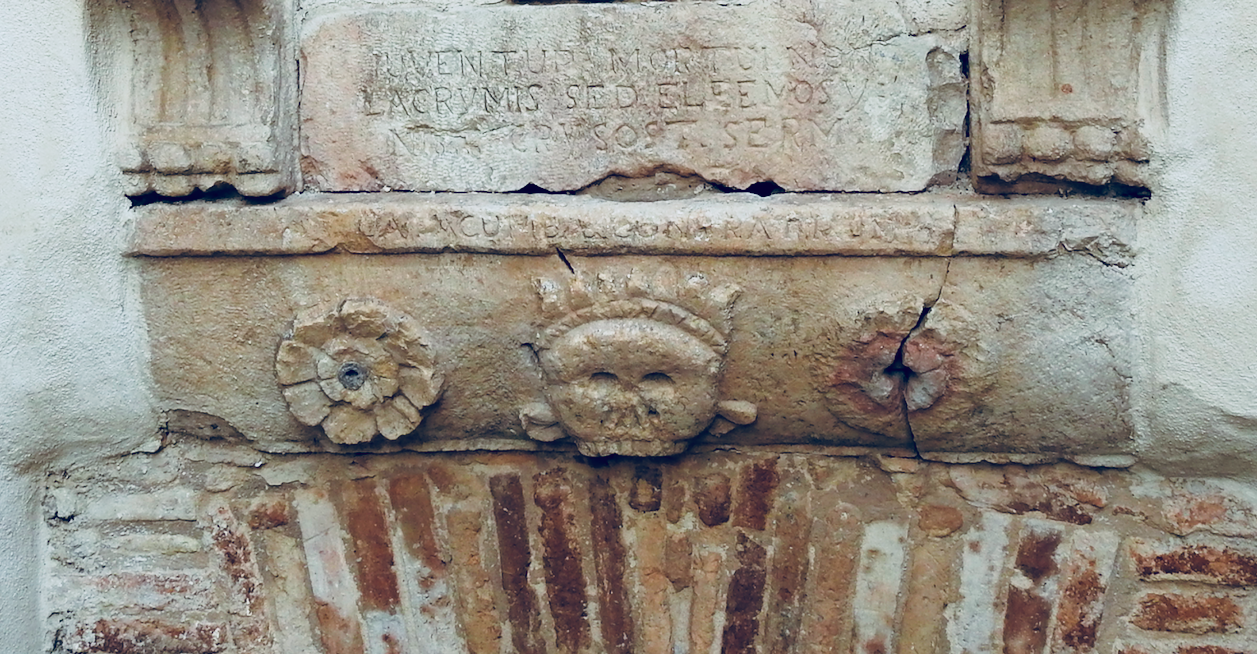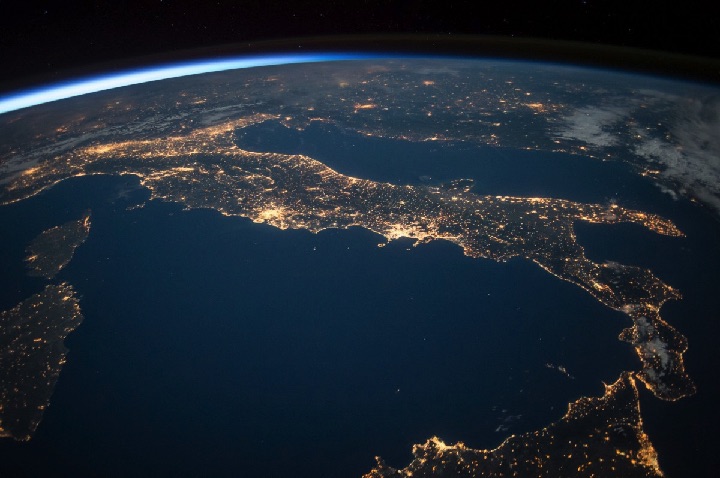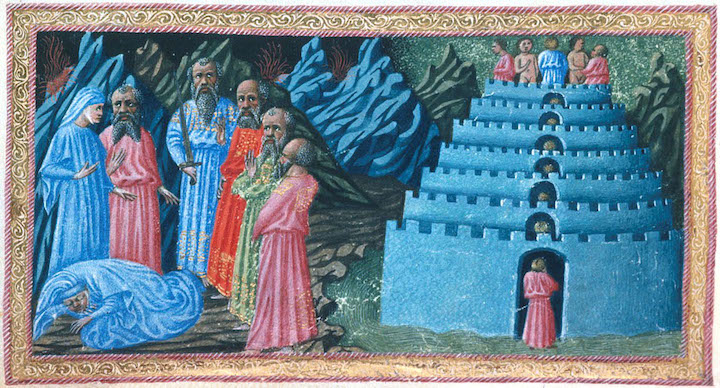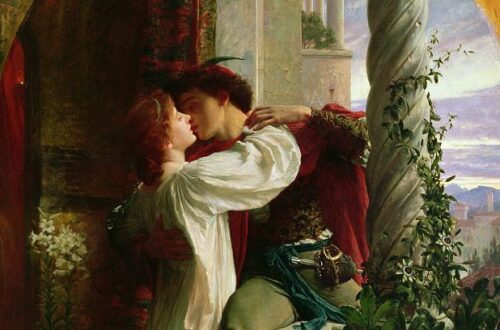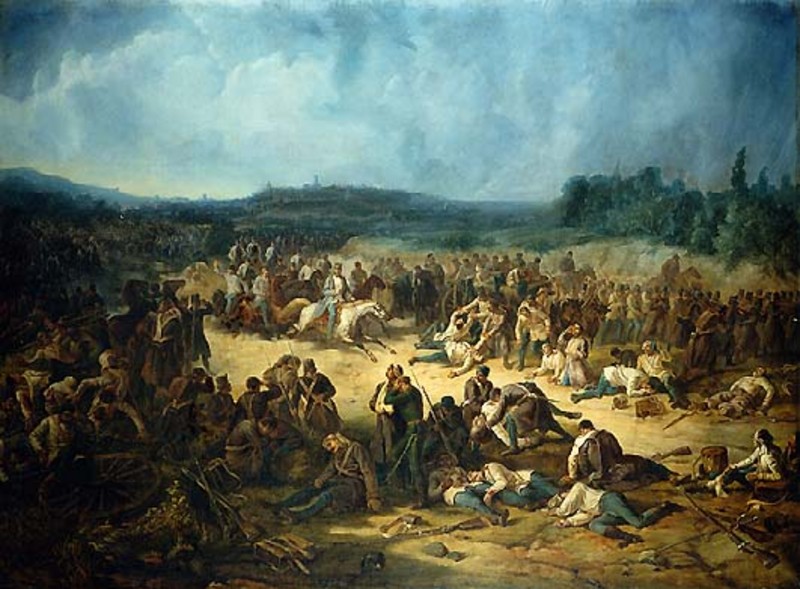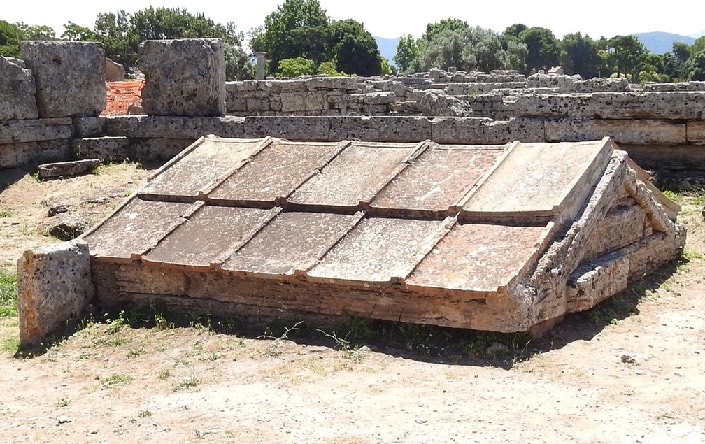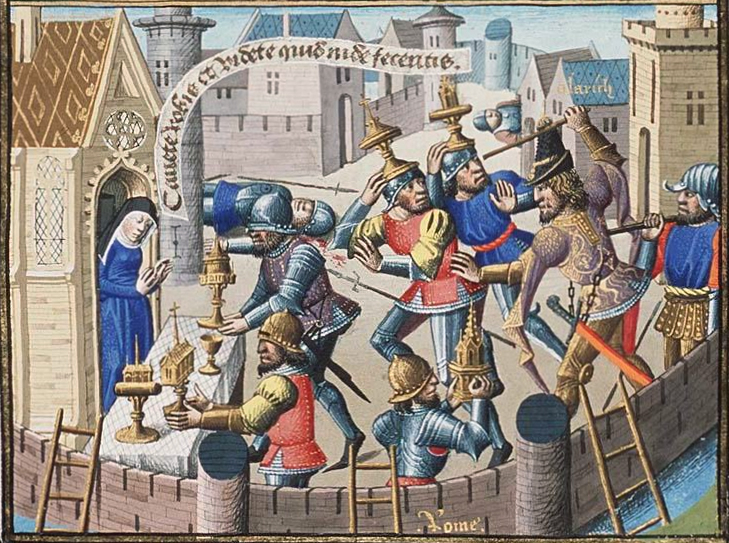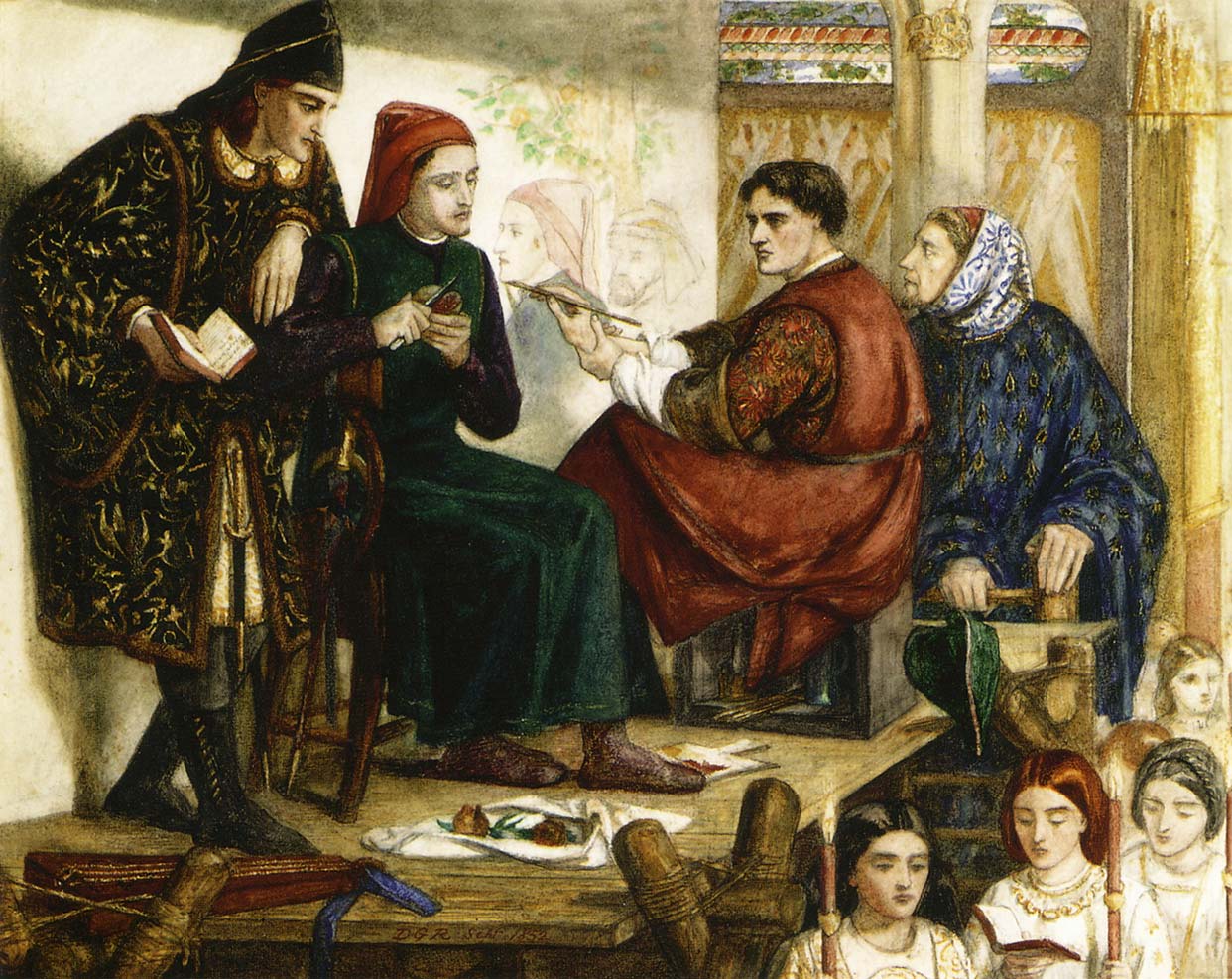Italian Regions
-
The Dragon the Witch and the Daughters by Luigi Capuana (English Edition)
From a master of Italian verismo comes a classic short story of the genre, but with a twist. As characters come into conflict with each other, and “the Dragon” with himself, Capuana weaves together the grimness of real life with threads of subtle fairytale. For the first time translated into English by Michael Curtotti, The Dragon the Witch and the Daughters, transports us into the life of a nineteenth century village. Don Paolo Drago, “dragon by name, dragon by nature,” appears to dominate this world, yet he barely controls his own thoughts and feelings. Despite himself, he is drawn into the destiny of two orphans. Yet tragedy stalks the life of Don Paolo.…
-
Lacedonia – Frank Cancian’s Pictures of a Disappearing World
In 1957, it must have been a trip of a lifetime. Frank Cancian was going to Italy. An American student, child of Italian immigrants, he had won a Fullbright scholarship. The project would combine his love of photography and his studies in anthropology. He would use his camera to document the life of Lacedonia, a town in the hills of Avellino. To reach Lacedonia you have to climb into the Apennines to the east of Naples. In ancient times this had been the land of the Samnites, Rome’s bitter enemies, who had long resisted conquest. Later it became the border lands of southern Lombard duchies before the Normans placed their…
-
Doctor Who? Trotula of Salerno
She was a doctor and a master of the art of healing who taught others. She is usually called Trotula, although her true name was Trota or Trocta. For three centuries medical works on the health and treatment of women circulated under her name: “The Trotula”. She has been lauded as among the finest doctors of the European Middle Ages or she has been so forgotten that it has been said that she did not even exist. It was only at the end of the 20th century that her true practice of medicine was recovered. Salerno Trotula lived in Salerno: but the Salerno of Trotula’s time is almost as little known…
-
Italy’s Day of the Dead
Signora Maria of Castellaneta observes: “… the dead are our brothers, our children, our husbands, our parents… they cannot be monsters”. Her comment captures the essential spirit of Italy’s Day of the Dead in comparison with Halloween. The festival involves children, food, and visiting (and visits from) departed loved ones. Although beyond the scope of this article such “days of the dead” are found around the world, and many involve remembering family members no longer with us. In Australia, the North American tradition of trick or treating children dressed up as ghosts, ghouls and witches is being taken up with enthusiasm. Although Italy has its own “Day of the Dead”, the…
-
“Tutti fratelli”: Solferino, Italy and Humanity’s Wounds
Henri Dunant had come to Italy on business. But when he arrived in northern Italy he instead witnessed the Battle of Solferino. Here the armies of the French and Austro-Hungarian Empires and of the Kingdom of Sardinia were engaged in a great battle to decide who would rule in the Po Valley (a crucial step in the birth of Italy as a country). When Henri Dunant saw the tens of thousands of wounded in the fields after all was over, his heart filled with compassion for his fellow human beings. He organised care for the wounded. Realising the need, he went on to contribute to the founding of the International…
